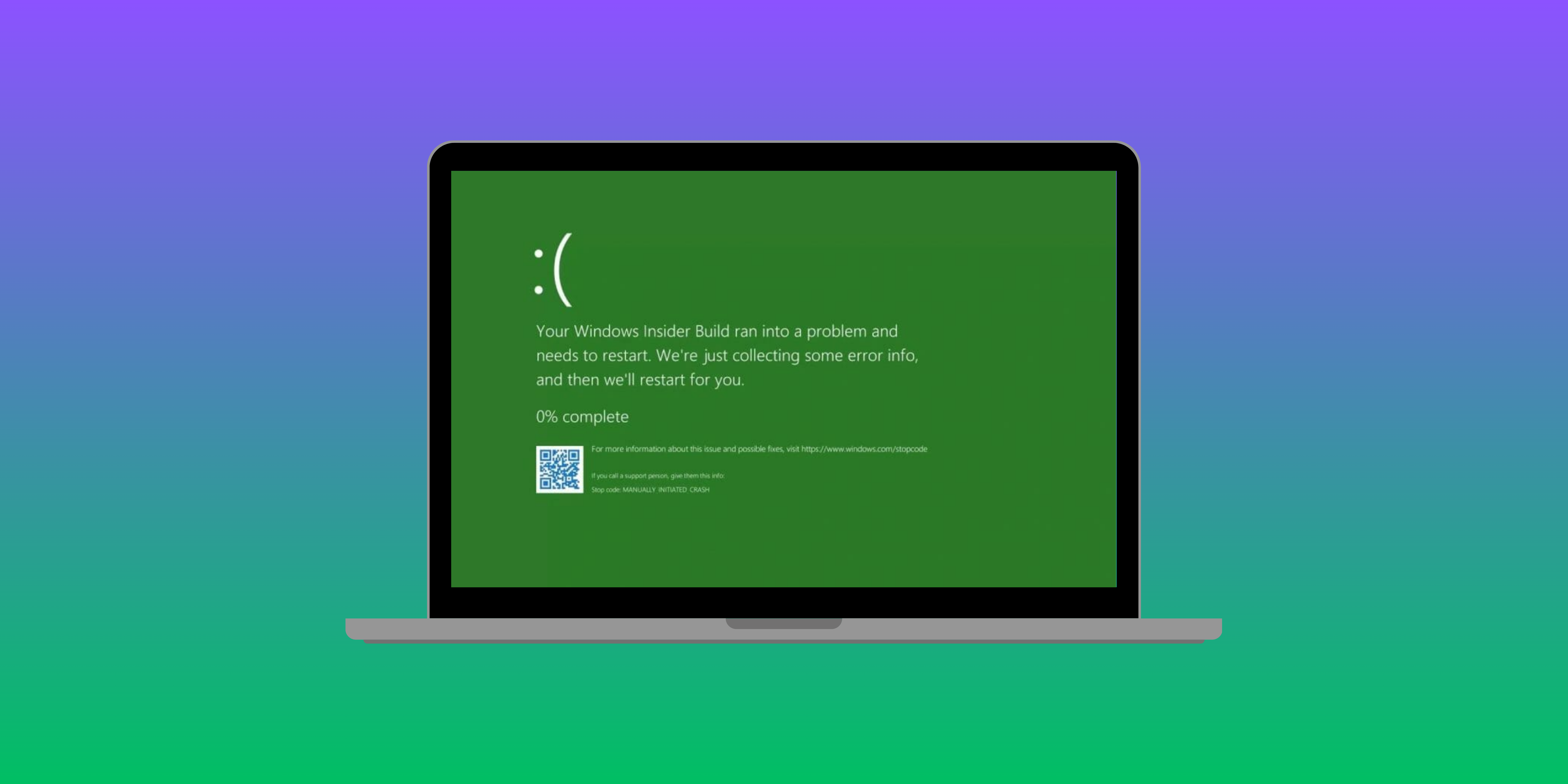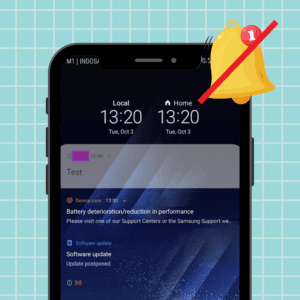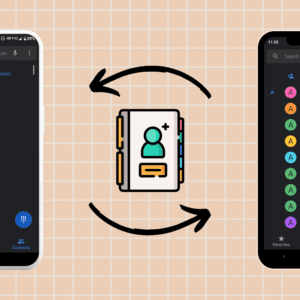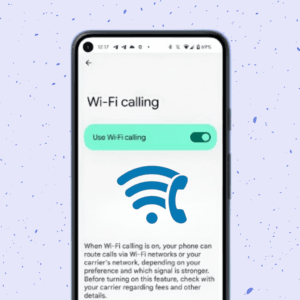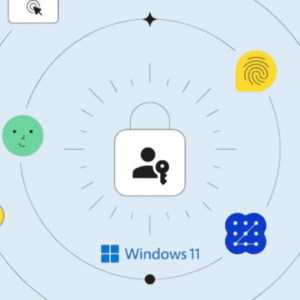Dealing with the dreaded Green Screen of Death (GSOD) on Windows 11 can be a real headache. This error can pop up unexpectedly, leaving you frustrated and your work interrupted. But don’t worry! I’ve got your back with a comprehensive guide on how to fix Windows 11 Green Screen of Death. Let’s dive in and get your PC back to its smooth-running self.
Method 1: Check for hardware issues
Hardware issues are a common cause of the Green Screen of Death. Faulty or loose hardware components can create system instability, leading to crashes. Ensuring that your hardware is properly connected and functioning can help eliminate this as a potential cause. By reseating your RAM and graphics card and disconnecting any external devices, you can determine if a specific piece of hardware is causing the problem.
1. Restart your PC and enter the BIOS/UEFI settings (usually by pressing F2, F12, Delete, or Esc during startup).
2. Check if your hardware components are recognized correctly.
3. Disconnect external devices like USB drives, printers, or hard drives.
4. Re-seat your RAM and graphics card. To make sure these parts are linked correctly, open your PC case carefully, take them out, and put them back.
Also read: How to turn off automatic updates on Windows 11.
Method 2: Run Windows memory diagnostic
Memory issues like faulty RAM can lead to the Green Screen of Death. The Windows Memory Diagnostic tool assists in identifying defective memory that is causing system crashes and examines your RAM for problems. Running this diagnostic can confirm whether your memory modules are functioning correctly or need to be replaced.
1. Press Windows + R to open the Run dialog box.
2. Type the below mentioned and press Enter.
mdsched.exe
3. Choose Restart now and check for problems.
The diagnostic tool will begin to operate when your computer restarts. To finish the exam, adhere to the directions displayed on the screen.
Method 3: Disable hardware acceleration
Hardware acceleration can improve performance but also cause instability in certain applications, leading to GSOD. Disabling hardware acceleration can help stabilize your system if it’s causing conflicts or overloading your hardware. This is especially useful if you notice crashes when using graphics-intensive applications.
1. Open Settings by pressing Windows + I.
2. Go to System, choose Display, and select Graphics settings.
3. Under Hardware-accelerated GPU scheduling, toggle the switch to Off.
4. Restart your computer to apply the changes.
Also read: How to disable Copilot in Windows 11.
Method 4: Perform a Clean Boot
A clean boot helps you start Windows with minimal drivers and startup programs, which can help troubleshoot software conflicts. By isolating the programs and services running at startup, you can determine if one is causing the GSOD. This method effectively identifies problematic software that might not be apparent otherwise.
1. Press Windows + R, type the following, and press Enter.
msconfig
2. Navigate to the Services tab, ensure that the box next to Hide all Microsoft services is checked, and then select Disable all.
3. Head to the Startup tab and choose Open Task Manager.
4. Disable all startup items by right-clicking each one and selecting Disable.
5. Close Task Manager and click OK in the System Configuration window.
6. Finally, restart your computer.
Method 5: Use System File Checker and DISM tools
Corrupted system files can lead to the Green Screen of Death. The System File Checker (SFC) and Deployment Imaging Service and Management Tool (DISM) can scan and repair corrupted system files. Using these tools can help fix the GSOD by ensuring that your operating system files are correct and undamaged.
1. Press Windows + X and select Windows Terminal (Admin).
2. Type the below mentioned and press Enter.
sfc /scannow
3. Once the scan is complete, type DISM /Online /Cleanup-Image /RestoreHealth and press Enter.
4. Restart your computer after the process is completed.
Also read: How to remove recycle bin from desktop.
Method 6: Roll back recent updates or drivers
Recent updates or driver installations can sometimes introduce instability, leading to the Green Screen of Death. Rolling back these updates or drivers can help restore system stability. This is especially useful if the GSOD starts occurring after a recent update or new hardware installation.
1. Open Settings by pressing Windows + I.
2. Go to Update & Security, select Windows Update, and choose View update history.
3. Click on Uninstall updates and remove the most recent updates.
4. For drivers, go to Device Manager by pressing Windows + X and selecting Device Manager.
5. Find the recently updated driver, right-click it, and select Roll back driver.
Method 7: Check for software conflicts
Conflicting software can cause system instability and lead to GSOD. If any recently installed or questionable apps are the source of the problem, they should be identified and disabled. By managing your startup programs and disabling unnecessary ones, you can ensure that only essential software runs, reducing the chances of conflicts.
1. Press Ctrl + Shift + Esc to open the Task Manager.
2. Go to the Startup tab and disable recently installed or suspicious programs.
3. Restart your computer to see if the issue is resolved.
Also read: How to fix overheating on a Windows laptop.
Method 8: Perform a system restore
A system restore can bring your PC back to its previous working state, effectively undoing any changes that might have caused the GSOD. This method is particularly useful if the problem starts after a specific event, such as installing new software or updates.
1. Press Windows + R, type the following, and press Enter.
rstrui
2. To restore your system and select a restore point, adhere to the instructions displayed on the screen.
Method 9: Check disk errors
Disk errors can cause system instability and the Green Screen of Death. Running a check disk can help identify and fix these errors, ensuring your hard drive functions properly. This method can help prevent data corruption and improve overall system stability.
1. Press Windows + X and select Windows Terminal (Admin).
2. Type the below mentioned and press Enter.
chkdsk /f /r
3. When prompted, type Y to schedule a check on the next restart.
4. Restart your computer to run the disk check.
Also read: Best unblocked browsers to open blocked sites.
Method 10: Reset Windows 11 to fix Windows 11 Green Screen of Death
If all else fails, resetting Windows 11 can give you a fresh start. This method reinstalls Windows, removing any corrupted files, software conflicts, or misconfigurations that might be causing the GSOD. It’s a last resort but can effectively resolve persistent issues.
1. Open Settings by pressing Windows + I.
2. Go to System and select Recovery.
3. Under Reset this PC, click Get started and choose either Keep my files or Remove everything.
4. Follow the on-screen instructions to complete the reset.
Method 11: Address overheating issues
Overheating can cause hardware malfunctions and the Green Screen of Death. Ensuring that your PC has proper ventilation and is not overheating can help prevent these issues. The fans and heatsinks on your PC may be cleaned on a regular basis to increase airflow and lower the risk of overheating.
1. Make sure your computer is not overheated and has enough airflow.
2. Clean out any dust from your PC’s fans and heatsinks.
3. If it’s been a while since you last cleaned your CPU, you might want to consider applying fresh thermal paste.
Method 12: Update drivers and Windows
To prevent GSOD, make sure Windows and your drivers are up to date. Fixes for flaws and compatibility problems that might lead to system crashes are frequently included in updates. Maintaining a regular check for updates and installation of them keeps your system operating properly and shields you from known problems.
1. Open Settings by pressing Windows + I.
2 .Go to Update & Security, choose Windows Update and click Check for updates.
3. For drivers, go to Device Manager by pressing Windows + X and selecting Device Manager.
4. Right-click on each device and select Update driver.
There you have it, folks!
Whether it’s a hardware issue, software conflict, or corrupted system files, following these steps should help you fix the Green Screen of Death on your Windows 11 device. Don’t let the GSOD ruin your day—take charge and fix it like a pro!
FAQs
Q. What causes the Green Screen of Death on Windows 11?
The Green Screen of Death is often caused by hardware issues, software conflicts, corrupted system files, or overheating.
Q. How do I know if my hardware is causing the GSOD?
Checking the BIOS/UEFI settings and ensuring all hardware components are properly connected can help identify hardware issues.
Q. Can outdated drivers cause GSOD?
Yes, outdated or incompatible drivers can cause system instability, leading to GSOD. Keeping your drivers updated is crucial.
Q. Is performing a system reset a last resort?
Yes, performing a system reset should be considered a last resort if all other methods fail to fix the issue.
